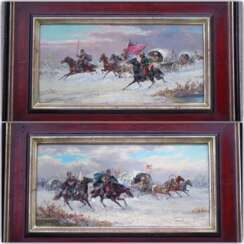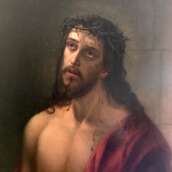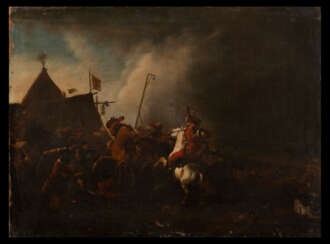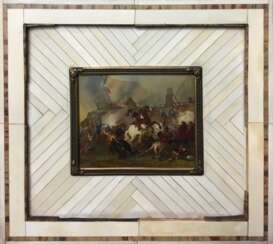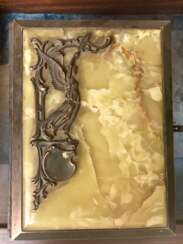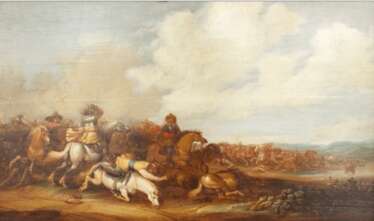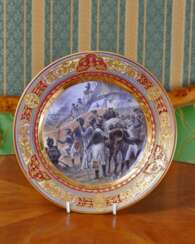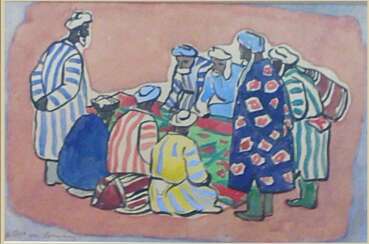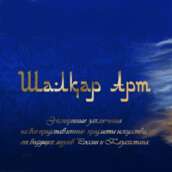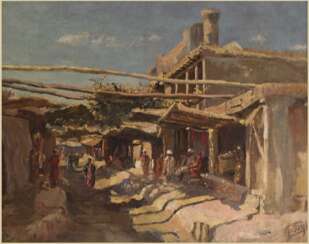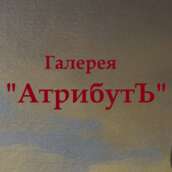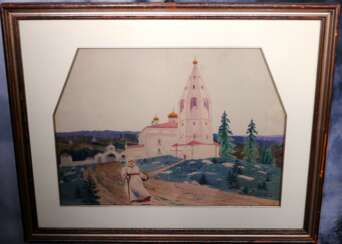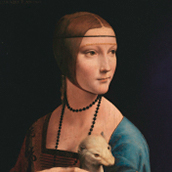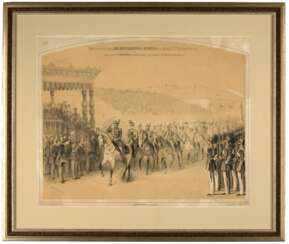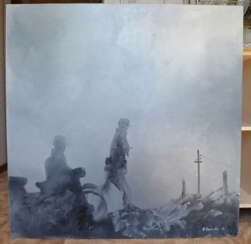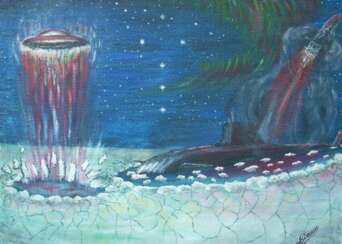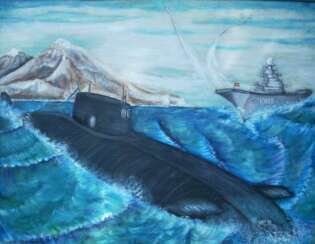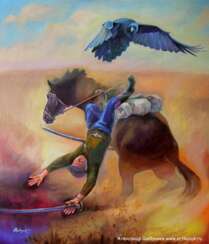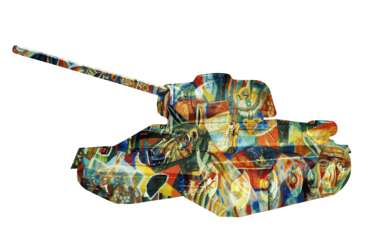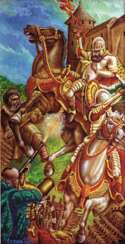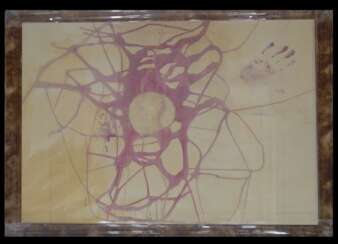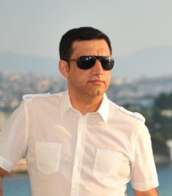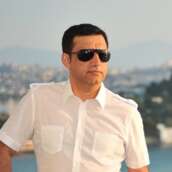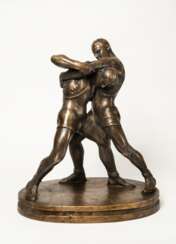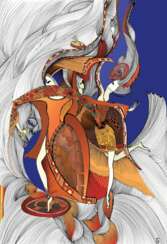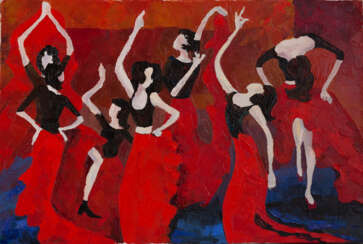батальный
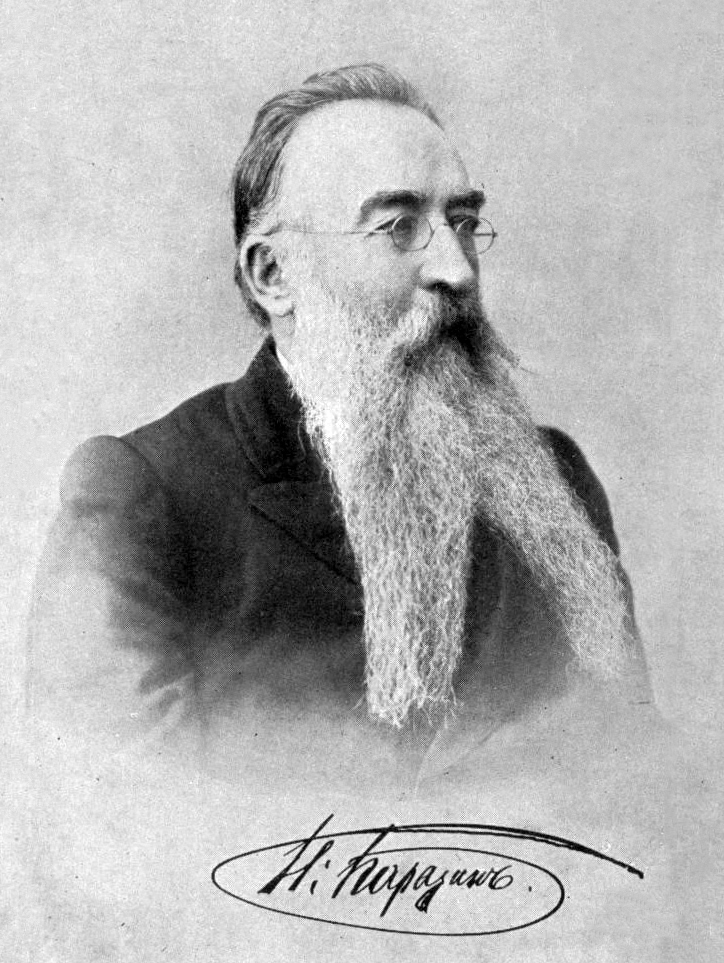
Nikolay Nikolaevich Karazin (Russian: Николай Николаевич Каразин) was a Russian military officer, painter, and writer, known for his depictions of wars and exotic places. Born in 1842 in Kharkov (now Ukraine), Karazin came from a family of prominent intellectuals, including his grandfather Vasily Karazin, who founded Kharkiv University.
Karazin's career began in the military, where he participated in campaigns against the January Uprising in Poland and in Central Asia. His firsthand experiences in battles, such as the 1868 Bukhara campaign and the 1873 Khiva campaign, greatly influenced his later work as a painter and writer. After retiring from the military, he focused on creating large canvases depicting military actions in Turkestan, as well as writing numerous adventure and ethnographic stories and novels.
Karazin's works, which include "In the Distant Confines" (1875) and "From Orenburg to Tashkent" (1886), reflect his deep engagement with the landscapes and cultures of Central Asia. His children's book "Cranes Flying South" remains popular for its vivid storytelling and illustrations. Karazin also contributed significantly to the visual arts, participating in early designs for the Moscow Metro and becoming an academician of the Imperial Academy of Arts in 1904.
To stay updated on new product sales and auction events related to Nikolay Karazin's works, sign up for our updates. This subscription will keep you informed about the latest opportunities to acquire pieces of his illustrious legacy.
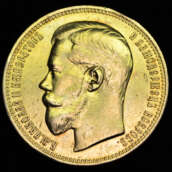
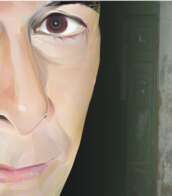
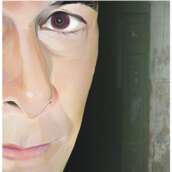




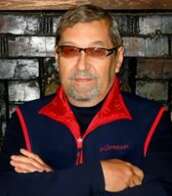
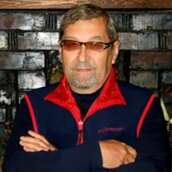

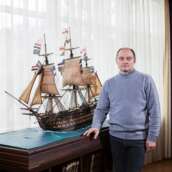
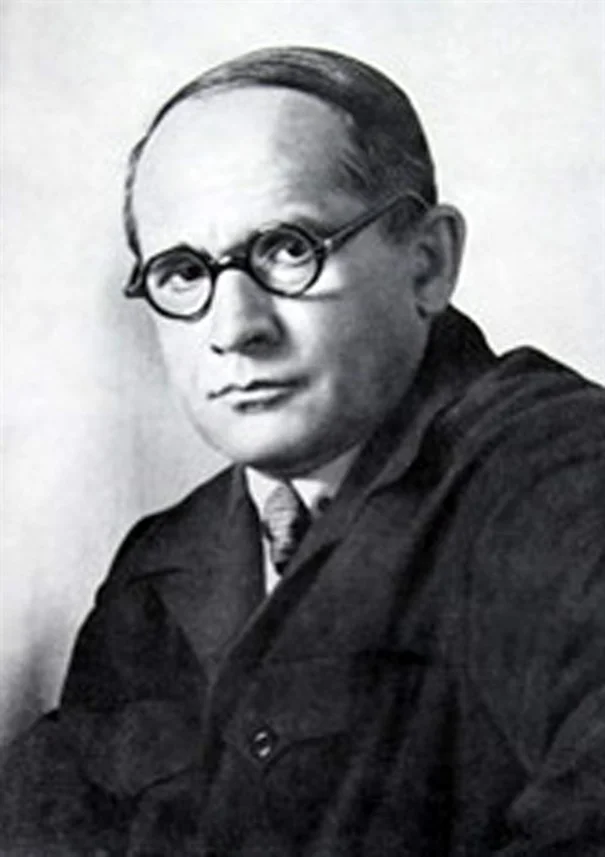
Matvey Genrikhovich Manizer (Russian: Матвей Генрихович Манизер) was a distinguished Russian sculptor, celebrated for his contributions to socialist realism. Born on March 17, 1891, in Saint Petersburg, Manizer emerged from a family deeply rooted in the arts, his father being a renowned Baltic German artist. His educational journey at the Saint Petersburg State Artistic and Industrial Academy and the art school of the Peredvizhniki honed his skills, leading him to become a seminal figure in Soviet art. Manizer's move to Moscow in 1941 marked a pivotal phase in his career, where he continued to produce significant works that were distributed across the Soviet Union, including multiple portrayals of Lenin.
Manizer's style, deeply academic and realistic, was instrumental in capturing the ethos of an era, making him a key proponent of socialist realism. His monumental works, such as the Monument to V. Volodarsky in Leningrad and the series of 80 bronzes for the Moscow Metro station Ploshchad Revolyutsii, are testaments to his mastery and ideological commitment. His achievements earned him the title of People's Artist of the USSR in 1958, among other accolades, highlighting his influence in the Soviet art scene.
The legacy of Matvey Manizer is not just limited to his sculptures; it extends through his family, with his wife Yelena Yanson-Manizer and their son Gugo Manizer continuing the artistic tradition. Manizer's work remains a pivotal part of Russian cultural heritage, exhibited in various public spaces and commemorating figures and events that shaped Soviet history.
For collectors and experts in art and antiques, Manizer's work offers a deep dive into the artistic narratives of the 20th century, especially within the Soviet context. His sculptures serve as historical markers, blending artistic merit with ideological narratives. For those interested in exploring more about Manizer's contributions and his role in Soviet art, subscribing for updates on new product sales and auction events related to Matvey Genrikhovich Manizer is highly recommended. This subscription will keep you informed about opportunities to own a piece of this monumental artist's legacy.







